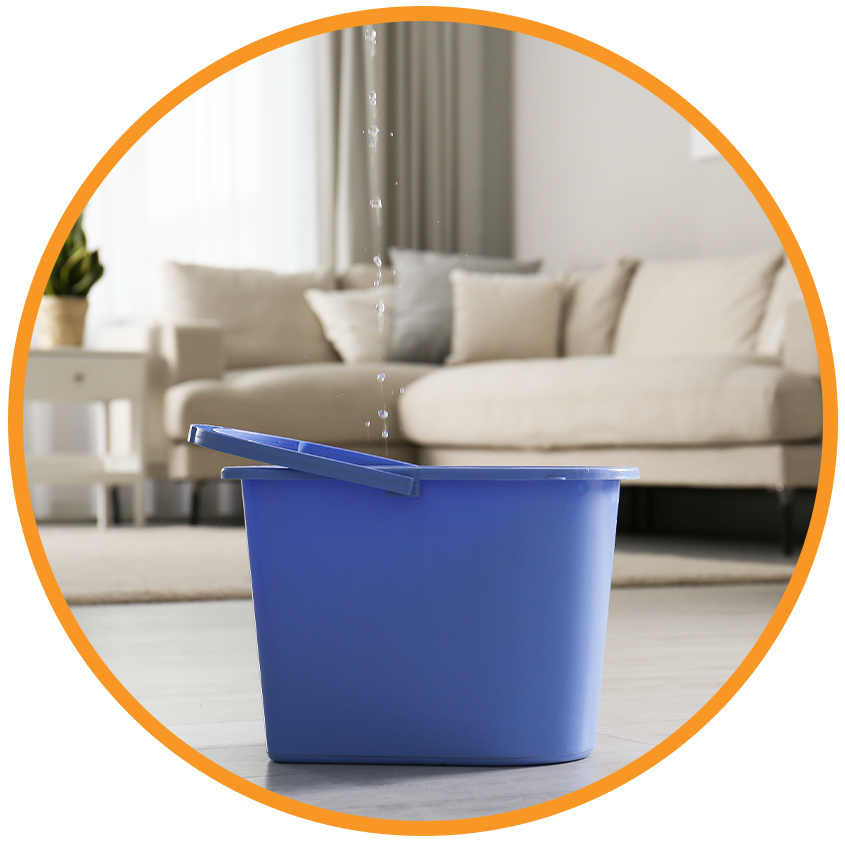Unveiling the Hidden Financial Nightmare of Water Leaks

Unveiling the Hidden Financial Nightmare of Water Leaks
Water leaks are not just minor nuisances; they can evolve into substantial financial burdens if left unchecked. The costs associated with water leaks can accumulate rapidly, resulting in unexpected expenditures for homeowners. In this article, we will explore the multifaceted nature of water leak costs, helping you to prepare better and protect your finances. Many homeowners are unaware of how
can escalate rapidly if left unchecked.
The True Price Tag of Water Leaks
Water leaks can quickly escalate from inconvenience to catastrophe. Understanding the various aspects of water leak costs enables homeowners and property managers to address these issues effectively before they lead to large-scale damage. Regular checks on plumbing can prevent unexpected
from occurring.
Initial Outlay of Addressing Water Leaks
The initial expenses associated with water leaks can be surprising. Here’s a breakdown of what you might encounter when you spring into action to address a leak:
Emergency Repairs: High costs often come into play when seeking an emergency plumber. The urgency results in needing services that charge a premium for after-hours availability.
Damage to Structures: Prolonged water exposure can result in structural damage to walls and flooring. Repair costs can escalate rapidly, leading to unforeseen expenses for homeowners.
Compromised Belongings: Your possessions can be severely impacted. Items such as furniture and electronics may require replacement, significantly increasing your overall water leak costs.
Long-term Financial Setbacks from Water Leaks
Beyond the immediate expenses, there are long-term repercussions associated with water leaks that homeowners must consider.
Rising Water Bills: A small leak can lead to an unexpected spike in water bills. Homeowners may find themselves paying substantially more each month due to these unnoticed leaks.
Health Risks and Mold Growth: Mishandling water leaks can lead to the proliferation of mold, creating potential health concerns. Mold remediation can be both time-consuming and costly.
Insurance Costs: While some water leak-related damages may be covered by homeowners insurance, recurrent claims can lead to higher premiums. Insurers may regard repeated water leak incidents unfavorably, raising future coverage costs.
Proactive Steps to Mitigate Water Leak Costs
Preventing water leaks is the most effective approach to safeguarding your finances against hidden expenses. Understanding your policy regarding
can empower homeowners to make informed decisions.
Effective Leak Prevention Strategies
Conduct Regular Inspections: Keep up with checking plumbing fixtures, hoses, and pipes for any signs of wear.
Maintain Proper Drainage: Ensure that gutters and drainage systems are clear of debris to avoid pooling water around your home.
Invest in Water Detection Technology: Smart home devices can detect leaks early and notify homeowners, preventing severe damages.
Reasons to Take Leakage Seriously
A Small Leak Can Mean Big Trouble: Even tiny leaks can lead to significant water leak costs over time if ignored.
Hidden Dangers Surveyors May Miss: Some leaks are concealed behind walls or floors, requiring special devices or expert help to detect.
Increased Value of Your Home: Regular maintenance not only prevents leaks but also maintains your property value.
Frequently Asked Questions About Water Leak Costs
What are the most common sources of water leaks?
- Burst Pipes: Often caused by freezing temperatures or old plumbing.
- Faulty Appliances: Washing machines, dishwashers, or water heaters can develop leaks.
- Clogged Drains: Build-up in drains can lead to slow leaks.
How can I identify a potential water leak?
- Monitor Water Meter: If you see a spike when no one is using water, you may have a leak.
- Check for Stains: Look for water stains on walls or ceilings which indicate a leaking pipe.
- Listen for Drips: Pay attention to unusual sounds like dripping or running water.
What should I do if I discover a water leak?
- Turn Off the Water Supply: Immediately stop the flow of water to minimize damages.
- Contact a Professional: Call a plumber to assess and fix the issue.
- Document the Damage: Take photos and keep records for insurance claims.
Conclusion: The Importance of Being Proactive
Water leak costs can accumulate quickly, impacting not just your financial standing but also your quality of life. Understanding these costs and taking proactive measures to prevent leaks can help homeowners save significant amounts of money over time. By maintaining awareness and conducting regular checks, you can protect both your property and your financial well-being from the detrimental effects of water leaks.
By implementing these preventive tactics and understanding the associated costs, you can significantly minimize your long-term expenditures related to water leaks, ensuring peace of mind in your home.
Proactive Steps to Mitigate Water Leak Costs
Preventing water leaks is the most effective approach to safeguarding your finances against hidden expenses.
Effective Leak Prevention Strategies
Conduct Regular Inspections: Keep up with checking plumbing fixtures, hoses, and pipes for any signs of wear.
Maintain Proper Drainage: Ensure that gutters and drainage systems are clear of debris to avoid pooling water around your home.
Invest in Water Detection Technology: Smart home devices can detect leaks early and notify homeowners, preventing severe damages.
Reasons to Take Leakage Seriously
A Small Leak Can Mean Big Trouble: Even tiny leaks can lead to significant water leak costs over time if ignored.
Hidden Dangers Surveyors May Miss: Some leaks are concealed behind walls or floors, requiring special devices or expert help to detect.
Increased Value of Your Home: Regular maintenance not only prevents leaks but also maintains your property value.
Frequently Asked Questions About Water Leak Costs
What are the most common sources of water leaks?
- Burst Pipes: Often caused by freezing temperatures or old plumbing.
- Faulty Appliances: Washing machines, dishwashers, or water heaters can develop leaks.
- Clogged Drains: Build-up in drains can lead to slow leaks.
How can I identify a potential water leak?
- Monitor Water Meter: If you see a spike when no one is using water, you may have a leak.
- Check for Stains: Look for water stains on walls or ceilings which indicate a leaking pipe.
- Listen for Drips: Pay attention to unusual sounds like dripping or running water.
What should I do if I discover a water leak?
- Turn Off the Water Supply: Immediately stop the flow of water to minimize damages.
- Contact a Professional: Call a plumber to assess and fix the issue.
- Document the Damage: Take photos and keep records for insurance claims.
The Importance of Being Proactive
Water leak costs can accumulate quickly, impacting not just your financial standing but also your quality of life. Understanding these costs and taking proactive measures to prevent leaks can help homeowners save significant amounts of money over time. By maintaining awareness and conducting regular checks, you can protect both your property and your financial well-being from the detrimental effects of water leaks.
By implementing these preventive tactics and understanding the associated costs, you can significantly minimize your long-term expenditures related to water leaks, ensuring peace of mind in your home.

